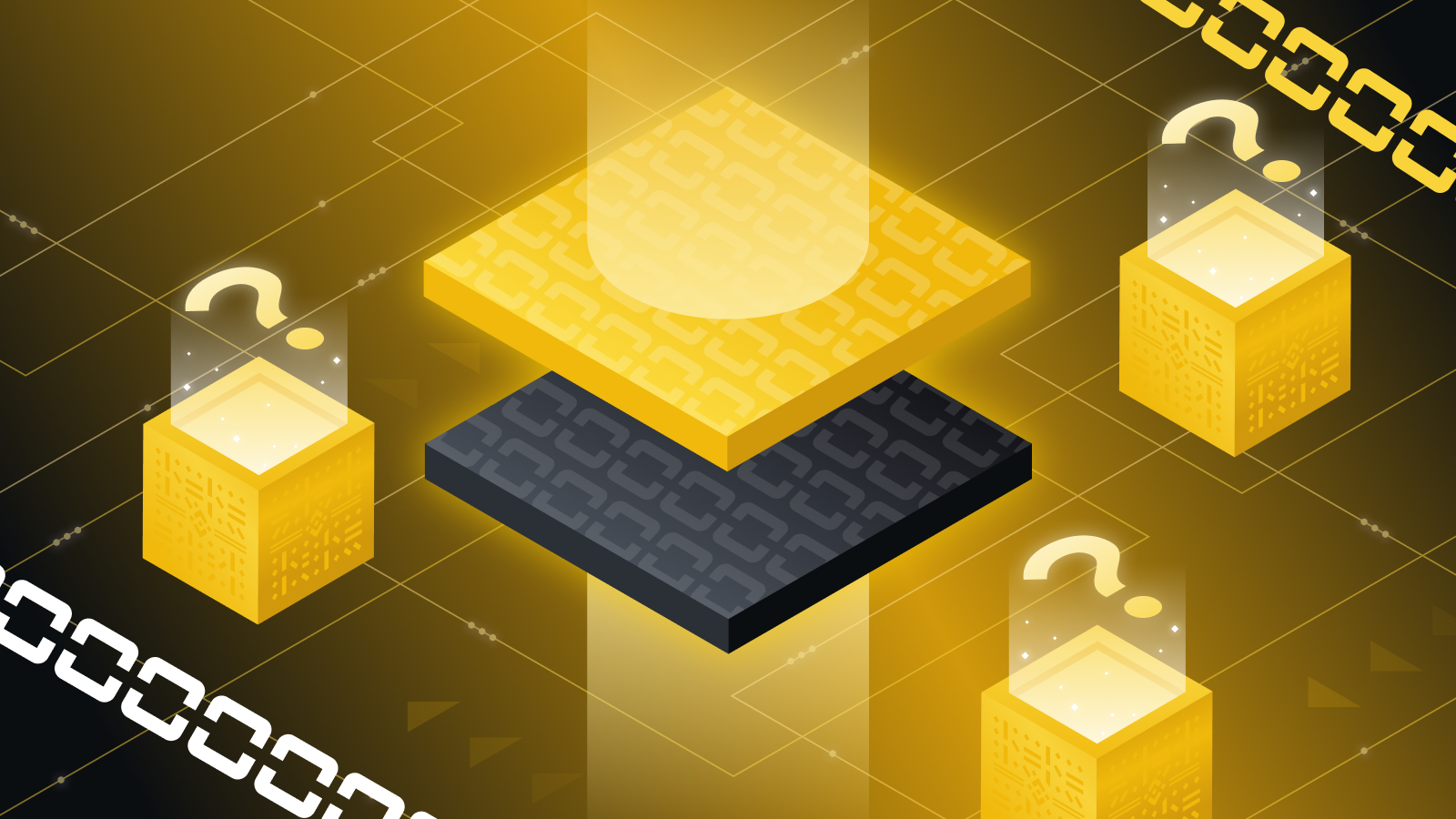Introduction
Blockchain technology is the backbone of the crypto world, which has revolutionized the way we transact and store data. With the increasing demand for blockchain technology, there are multiple layers that have been introduced, each with its own unique properties and functions. These layers are commonly referred to as blockchain layer 1 vs layer 2 networks.
Let’s explore the layer 1 vs layer 2 blockchain networks
What is Layer 1 Blockchain?
Layer 1 blockchain is the base layer of the blockchain network, where the blockchain itself exists. Layer 1 blockchain networks are designed to handle the core functionalities of a blockchain network, such as creating and validating transactions, storing data, and managing consensus mechanisms. Layer 1 blockchain networks are typically decentralized, meaning they operate without the need for a centralized authority or intermediary. Bitcoin, Ethereum, and Litecoin are examples of Layer 1 blockchain networks.
Difference between layer 1 vs layer 2 blockchain network: Layer 1 blockchain networks rely on proof-of-work (PoW) or proof-of-stake (PoS) consensus mechanisms to validate transactions and maintain the integrity of the network. These consensus mechanisms require a significant amount of computational power and energy consumption, which can result in slow transaction processing times and high transaction fees.
What is Layer 2 Blockchain?
Layer 2 blockchain is a secondary layer built on top of the base layer. Layer 2 blockchain networks are designed to provide scalability and enhance the functionality of the base layer by enabling off-chain transactions. Layer 2 blockchain networks rely on Layer 1 for security, but the majority of transactions occur off-chain, allowing for faster processing times and lower transaction fees.
Difference between blockchain layer 1 vs layer 2 network: Layer 2 blockchain networks use various methods such as state channels, sidechains, and Plasma to facilitate off-chain transactions. These methods allow users to transact without the need for validation from the Layer 1 blockchain network. Instead, transactions are validated by the parties involved in the transaction or a smaller group of nodes, reducing the computational power and energy consumption required.
Differences between layer 1 vs layer 2 blockchain network
The primary difference between Layer 1 and Layer 2 blockchain networks is their purpose and functionality. Layer 1 blockchain networks focus on maintaining the core functionalities of the blockchain network, such as validation of transactions and maintaining consensus mechanisms. In contrast, Layer 2 blockchain networks focus on providing scalability and enhancing the functionality of the blockchain network.
When compared between blockchain layer 1 vs layer 2 solutions, layer 1 blockchain networks are typically slower and more expensive compared to Layer 2 blockchain networks. This is because Layer 1 blockchain networks rely on complex consensus mechanisms that require a significant amount of computational power and energy consumption. Layer 2 blockchain networks, on the other hand, allow for faster processing times and lower transaction fees by enabling off-chain transactions.
Another difference between layer 1 vs layer 2 blockchain networks is their security. Layer 1 blockchain networks rely on PoW or PoS consensus mechanisms, which are designed to prevent attacks on the network. Layer 2 blockchain networks, however, rely on the security of the Layer 1 network, making them more susceptible to attacks if the Layer 1 network is compromised.
Conclusion
In conclusion, Layer 1 and Layer 2 blockchain networks serve different purposes in the blockchain ecosystem. Between blockchain layer 1 vs layer 2 network, Layer 1 blockchain networks are the base layer that handles the core functionalities of the blockchain network, while Layer 2 blockchain networks provide scalability and enhance the functionality of the base layer. Layer 1 blockchain networks are typically slower and more expensive compared to Layer 2 blockchain networks, but they offer greater security. Layer 2 blockchain networks are faster and more affordable, but they rely on the security of the Layer 1 network. Ultimately, both Layer 1 and Layer 2 blockchain networks are essential to the blockchain ecosystem, and their differences make them complementary rather than competitive.

